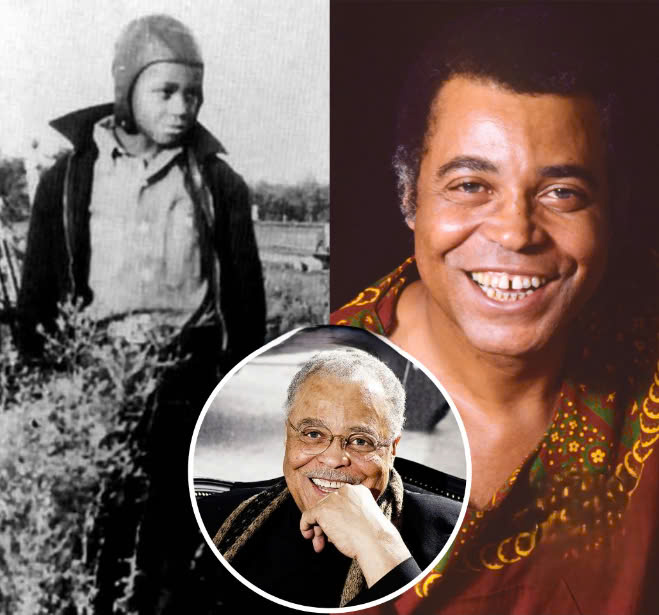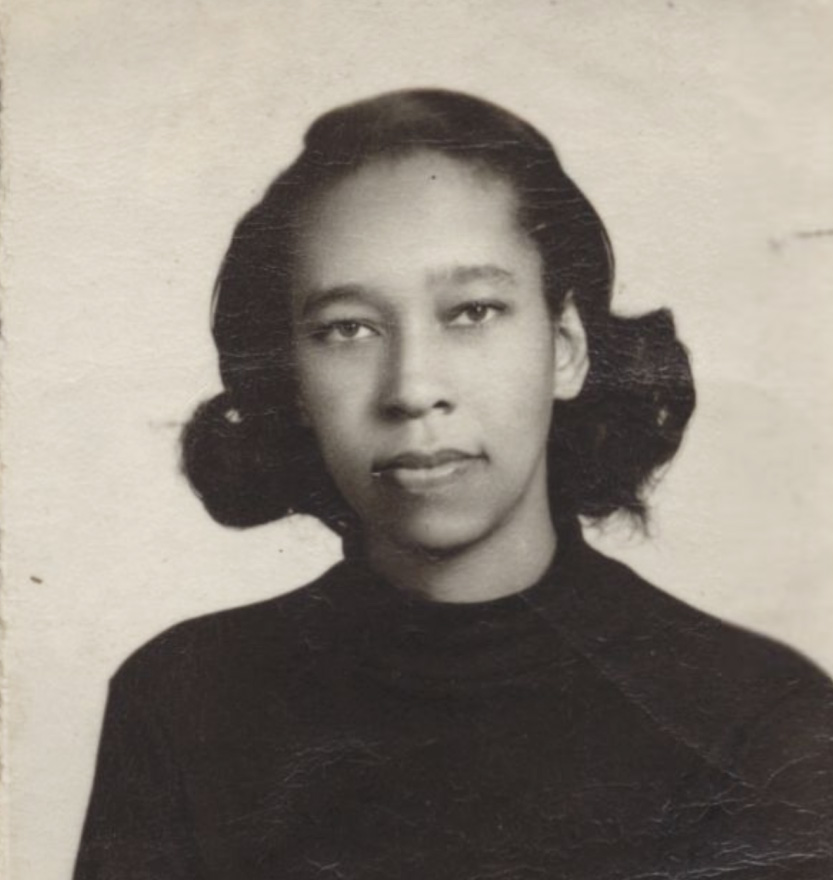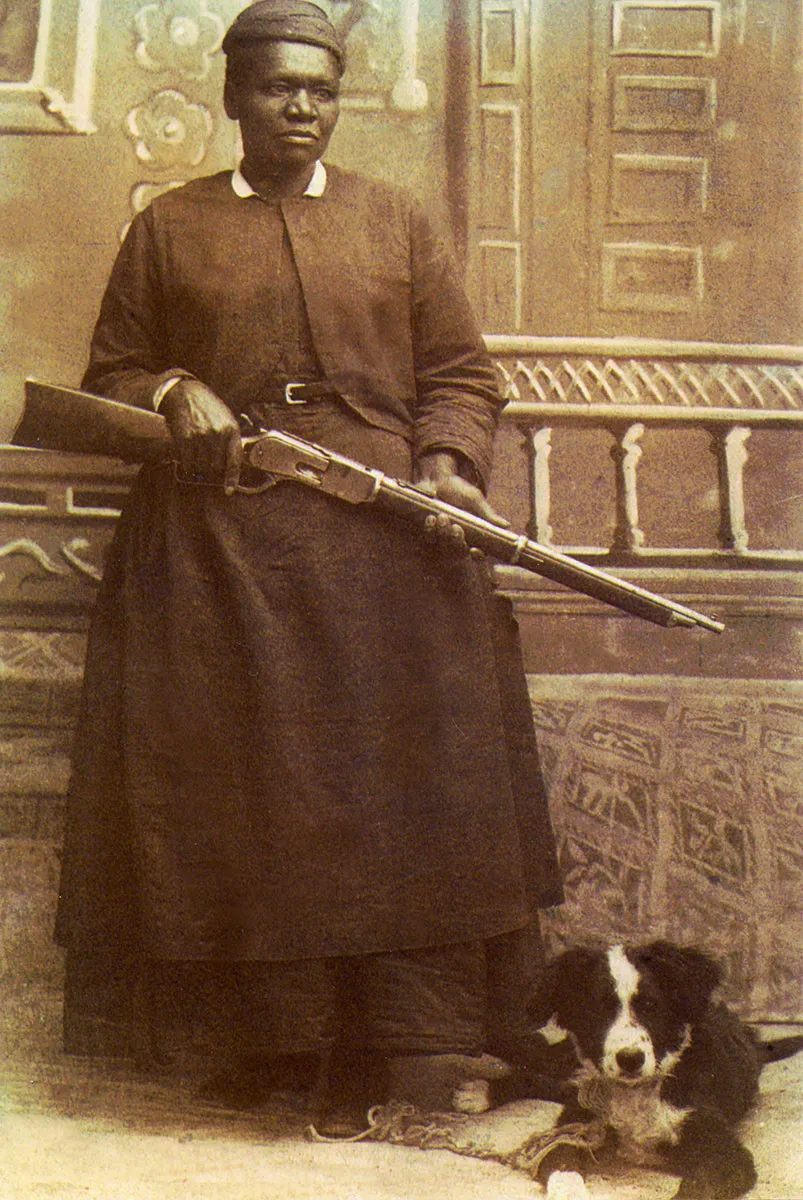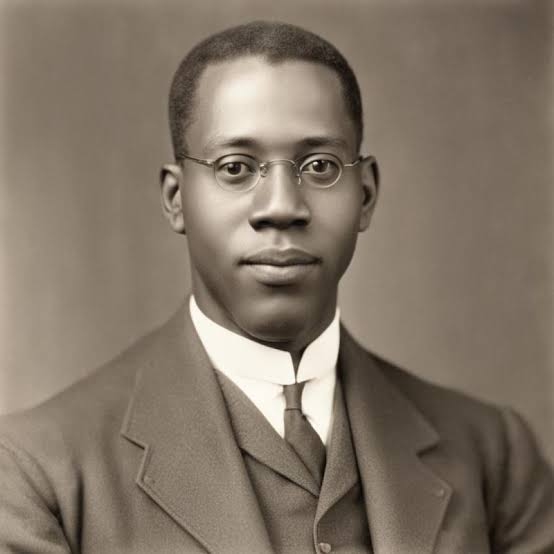In the late 16th century, the enigmatic warrior fought alongside a feudal lord dubbed the “Great Unifier”
The claim: African servant named Yasuke became samurai warrior
Claims about the extraordinary acts of little-known Africans and Black Americans are a tradition in February, which marks Black History Month in the United States.
A Feb. 4 Instagram post by user Kollege Kidd describes a seemingly anachronistic historical figure: an African samurai named Yasuke.
“Almost 500 years ago, a tall African man named Yasuke arrived in Japan in 1579. He would go on to become the first foreign-𝐛𝐨𝐫𝐧 man to achieve the status of a samurai warrior,” reads a statement set above two images of statues that might bear Yasuke’s likeness.
The post caption says Yasuke became a samurai — an elite class of warriors existing between the 10th and 19th centuries, according to PBS — within a year of arriving to Japan.
Kollege Kidd is a music-related news and Instagram page, co-owner Richard Autry told USA TODAY. The story of Yasuke was posted to the account in honor of Black History Month.
“We have a large demographic of young people following our account, and we knew they’d find Yasuke’s story interesting,” Autry said. “We also figured it to be timely as Netflix revealed in October it would be producing a ‘Yasuke’ anime series starring Lakeith Stanfield.”
Did such a warrior exist in 16th century Japan? Historical evidence supports the claim.
Who was Yasuke?
The post caption is copied from the six opening paragraphs of a 2019 BBC News article, “Yasuke: The mysterious African samurai.”
Yasuke — likely a Japanese stylized version of “Yasufe”, according to Jeff Taylor, author of “Yasuke (African Samurai): The Life and Legend of Japan’s First African Samurai” — arrived in Japan in 1579 with Alessandro Valignano, an Italian Jesuit.
Despite humble origins, the expatriate became the “highest-ranking African man to make his way to medieval Japan,” according to Taylor.
Some historians think Yasuke may have been a slave, but he was hired to protect Valignano on a missionary trip to the Asian country, according to “African Samurai: The True Story of Yasuke, a Legendary Black Warrior in Japan” by Thomas Lockley and Geoffrey Girard.
Yasuke’s country of origin is also a source of debate. He was possibly from Mozambique, Ethiopia or Sudan. A man of his size and coloring was a rare sight for the native Japanese, who followed him wherever he went. Throngs of spectators crushed people beneath their feet trying to catch a glimpse of the tall, dark foreigner, according to Taylor.
“‘His height was 6 shaku 2 sun (roughly 6 feet, 2 inches (1.88m) … he was black, and his skin was like charcoal,’ a fellow samurai, Matsudaira Ietada, described him in his diary in 1579,” BBC News reported.
Yasuke met Oda Nobunaga, a feudal lord and the first of three unifiers of Japan, soon his arrival to its capital Kyoto in 1581, according Taylor. Oda was reportedly impressed by Yasuke’s mastery of Japanese and considered his stature and apparent fighting prowess useful in warring Japan, BBC News reported.
Yasuke was either purchased by Oda or gifted to the clan leader by Valignano, Taylor wrote. Lockley told CNN in 2019 that Yasuke probably achieved the rank of page or bodyguard to Oda.
As their relationship developed, Oda promoted Yasuke to samurai, according to Taylor. He was given “his own servant, house and stipend, according to Jesuit records,” CNN reported.

Yasuke fought by Oda’s side in a series of major battles, including the invasion of Iga Province in 1581, according to CNN. The samurai was with the feudal lord when his samurai general Mitsuhide Akechi turned against Oda a year later.
Trapped by Mitsuhide’s forces, Oda chose suicide over capture or beheading, Taylor wrote. Yasuke was allegedly charged to deliver Oda’s severed head to his son and heir, per CNN.
Yasuke escaped with some of Oda’s remaining forces but was later captured by Mitsuhide. The rebel general released Yasuke into Jesuit custody, according to “African Samurai,” because he was not Japanese.
After losing his status as a samurai, Yasuke fought in the Battle of Okitanawate as a “ronin” on the side of the Jesuits between 1581-1582. He disappeared from verifiable records after the autumn of 1582, according to “African Samurai.”
“The fall of Nobunaga at the hands of a treacherous general resulted in the exile of the first black samurai, possibly back to a Jesuit mission in Kyoto,” BBC News reported.
Lockley speculated Yasuke could have resumed his bodyguard role for the Jesuits or become a sailor or pirate, according to CNN.
The legend of Yasuke
The legend of Yasuke lives on in the modern era. Japanese 𝘤𝘩𝘪𝘭𝘥ren’s author Kurusu Yoshio in the late-1960s published “Kuro-suke” about the samurai’s life, according a website by filmmakers Floyd Webb and Deborah Ann DeSnoo.
South African artist Nicola Roos constructed several life-size figurative sculptures based on Yasuke for her 2015 and 2017 installation series “No Man’s Land I-IV” and “No Man’s Land V.” Roos’ work is pictured in the Instagram post.
Apart from the upcoming anime series, two movies about Yasuke’s life are planned. Lionsgate announced a forthcoming film in 2017, according to BBC News. In May 2019, entertainment outlet Variety reported that the late actor Chadwick Boseman had begun production on a separate film about the legendary samurai.
Our rating: True
We rate this claim TRUE, based on our research. An Instagram post correctly cited a BBC News piece about an African samurai named Yasuke. He arrived in Japan almost 500 years ago as a servant to Jesuit missionaries and quickly ingratiated himself in society. At least one movie about Yasuke’s life is planned for production.





